Our Home 'ON' Native Land
Another way to look at issues surrounding aboriginal land rights, inspired by a ‘modification’ to the lyrics of the Canadian National Anthem as sung at the 2023 NBA All-Star Game.
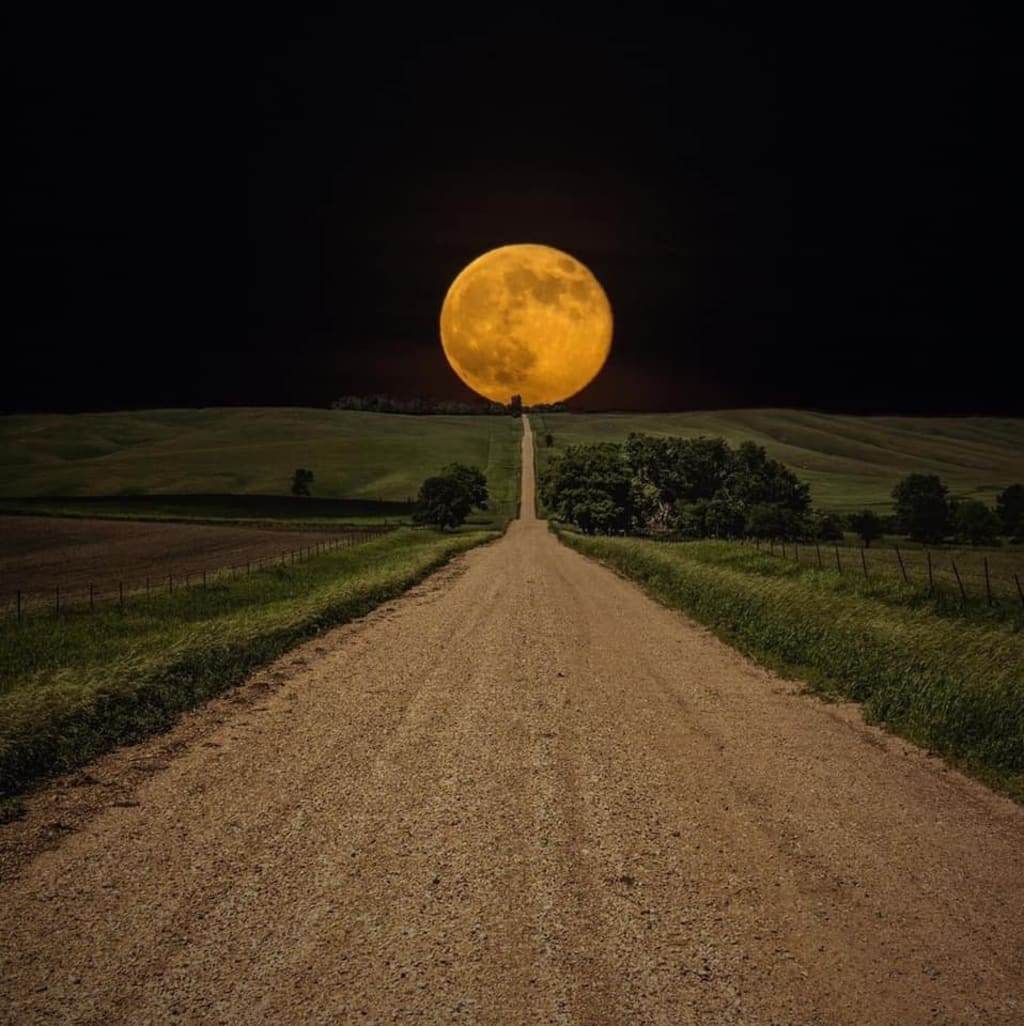
In the 70 plus years that I have lived on this planet, I have travelled many roads, highways, water routes and airways. Often, as I journey along these pathways, I wonder why they exist in the exact locations they do, or why they exist at all for that matter. If you have ever driven along the Trans-Canada Highway between Vancouver and Winnipeg for example, you may have pondered the same question. The highway does not exactly follow a straight line. Surely if highway designers and builders wanted to construct a roadway between two points, they should survey and follow a fairly straight path. Every good geometry student will tell you that the shortest distance between two points is a straight line. So, why not use that concept to lay down pavement in a manner that would prove to be the most financially viable effort, thus saving governments and tax-payers a big pile of money? The answer to this question comes from the closer examination of a tremendous time-line of natural history.
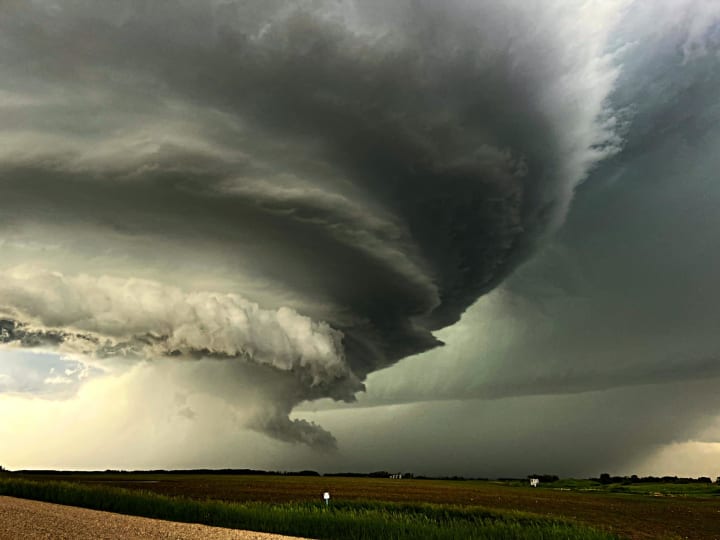
Long, long ago in North America, before there were any people living on this large mass of land, before there were herds of bison and antelope, before there were flocks of migratory birds, this land was inhabited only by the four strong winds, rain, snow, hail, and many other forms of, what me may now call, weather. Through the many, many years of weather, patterns of wind and precipitation developed and so became the meteorological norm. As a result, some areas were consistently and perennially watered and nourished more than others. Some areas were sheltered and some were exposed to the elements for extended periods throughout the year. These patterns prevailed for years and years and centuries upon centuries. Only the hardiest of grasses and shrubs were able to germinate, grow and prosper in these exposed areas. Hot, summer winds and freezing-cold, blizzard conditions in the winter months were the main reasons why the landscape of what is now Canada, became covered with the types of natural vegetation it presently exhibits. The reason there is a striking dissimilarity between the appearance of southern grasslands and the wooded areas to the north is because originally, the weather patterns favored the growth of only specific types of vegetation in the two areas. There became an abrupt and noticeable boundary between them as a result.

As animal life began to emerge on the prairies, herds of bison and other hoofed herbivores found it easier to migrate and roam from place to place via pathways through shorter grassland areas. As well, they found that nearby woodlands offered adequate shelter and protection from predators and harsh weather conditions. Because of the way natural vegetation from prevailing weather conditions was organized geographically, these animals tended to travel on vegetative boundaries that lent themselves to easy travelling and foraging, yet were also only a skip, jump or short gallop away from the shelter and protection offered by the neighbouring woodlands.
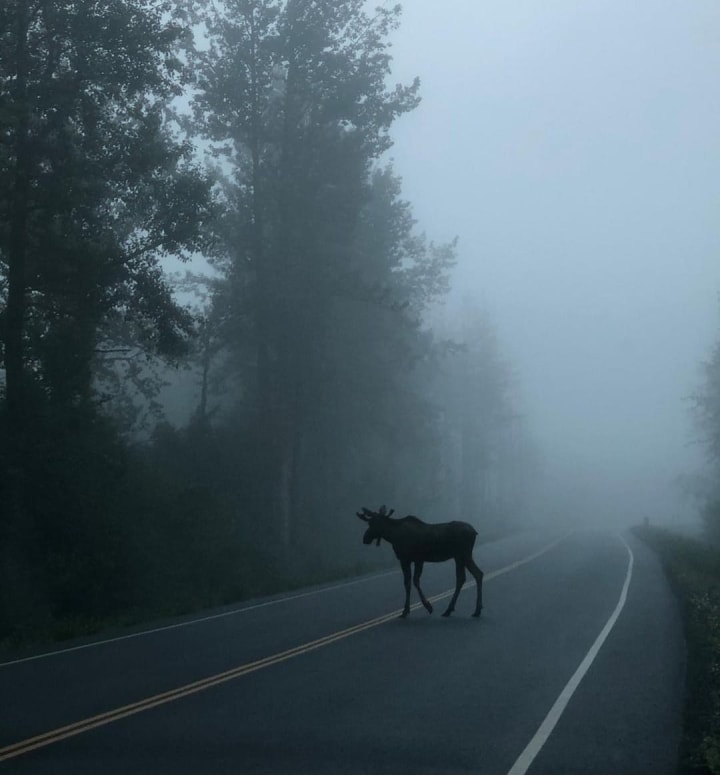
These proved to be their pathways and trails of choice season after season, year after year, decade after decade, century after century. Gradually the trails became well-worn and beaten. This network of transportation became very noticeable, not only to the animals themselves but to the soon-to-arrive human inhabitants of the area.

When the first human populations, being hunters and gatherers as such, came to North America, they followed these same pathways and roadways in efforts to stay close to the animals which served their livelihoods and which acted as their main food sources. These ‘first nations’ humans further developed these roadways and trails and eventually gave them names to distinguish them from one another and to enhance their efforts in geographical navigation. Even today, many of the motorways in the city of Calgary, for instance, have been named after some of the original trails developed and followed by the indigenous bands that first settled the prairie regions (i.e. Deerfoot Trail, Stoney Trail, Crowchild Trail, etc.).
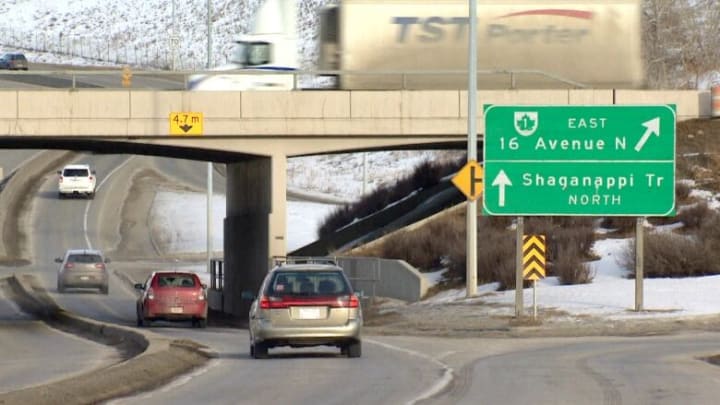
The aboriginal groups that pioneered human life on the prairies eventually developed settlements in favorable locations along these pathways, that allowed for easier living. These settlements served as the first communities in a harsh natural world. When Europeans finally came onto the scene in the 16th century, there were already many roadways, trails, camps, settlements, and communities dotted here and there throughout this new land. The life of a European explorer, fur-trader or settler was made so much easier because of the pioneer work of the indigenous people who had already brought some order to a harsh natural environment.
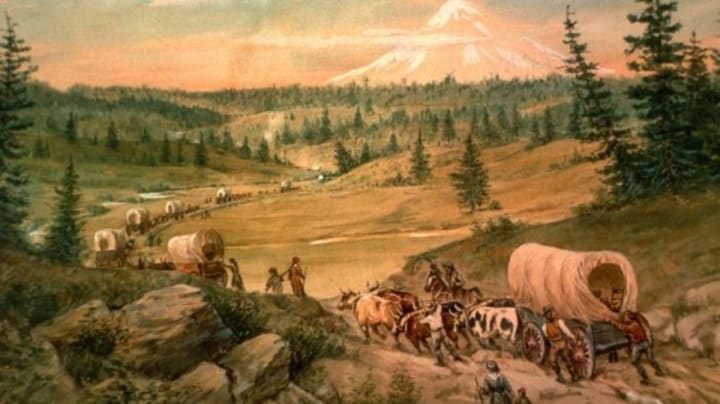
First Nations' people directly and indirectly showed the Europeans how to survive a long cold winter and how and where to gather food when domestic supplies had been depleted. They were also shown the easiest routes on which to travel from place to place. They were treated to the use of now relatively well-developed trails that had served as pathways for animals and aboriginals for centuries before that. Exploration was not only facilitated by these trails and roadways, but it also became entirely possible to exist and survive because of them, and entirely probable to die without them. It may then be correct to say that the opening of North America for exploration and settlement was achieved because of the migratory patterns of animal populations initially, but beyond that, because of the centuries of hunting and gathering done by the First Nations populations, thus further enhancing the pathways and patterns of the four-legged creatures that came before them.

As more and more Europeans moved into these vast unknown reaches of North America, the trails and roadways that had originally been bison trails and later pathways used by indigenous bands, became the very transportation routes that allowed for early commerce and travel from settlement to settlement, community to community, town to town and, city to city. These roadways were eventually maintained, graded, built up and finally graveled and paved. The ribbons of highways we travel on today are the descendants of the deer and antelope trails that existed previously, when today’s “home on native land” was actually someone else’s home.
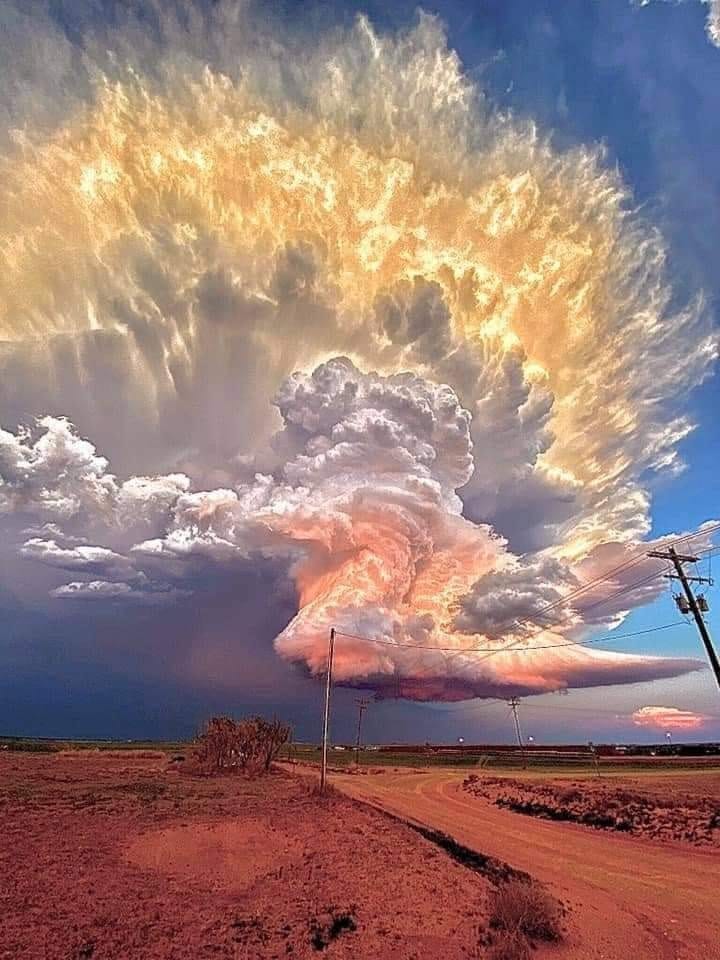
I once travelled from Swift Current to Regina on the Trans-Canada highway during a summer rainstorm. When I looked to my right and to the south, the sky was relatively clear and certainly deplete of any threatening storm clouds – unlike the scene I witnessed as I looked to my left and north, where the sky was almost black with ominous looking thunder-heads. This pattern maintained its character for miles and miles with the highway itself almost serving as an invisible wall separating the two weather phenomena for the day. I was puzzled because I thought it would have been so easy for the storm clouds to simply slip across the highway if they really wanted to. It’s smooth flat black surface would have offered no resistance, but it seemed as if the highway was performing some sort of guard duty, and indeed, the storm never crossed over to the south.
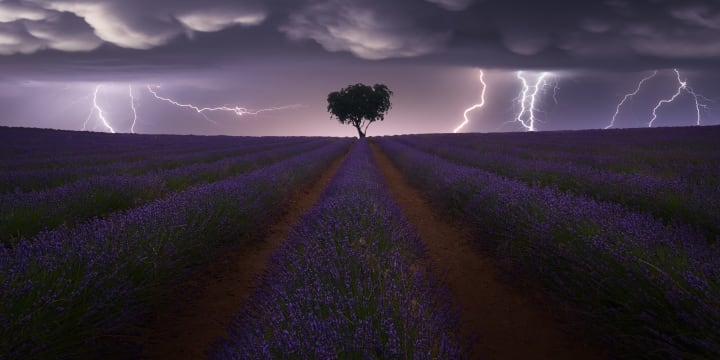
After that day, I paid more attention to the weather broadcasts on radio and television. There were many other times when I took note of weather reports that showed different weather on one side of the #1 highway than on the other side. I thought it strange that something as arbitrary and easily crossable as a highway could somehow provide a weather barrier. My error, I realized later, was in my cause-effect set-up and thinking. It, in fact, was not the highway that provided the weather barrier, but rather the prevailing weather that created the ancestral trails of that highway in the first place. The centuries of weather patterns created a gradient and thus a seam in vegetation which led to animals finding a suitable pathway for travel, which eventually led the First Nations' hunters to follow the herds along those same paths. Finally, European explorers and settlers were guided to use these trails for scores of years afterward. Eventually, a highway was built because it was the most suitable, logical, tried and true path to follow from east to west. The highway was simply a manifestation of all the natural and human history that preceded its construction – a natural history which was made entirely possible because of the hundreds of years of ambulatory behaviors practiced by the First Nations people of this specific area, and more generally speaking, of the entire continent of North America.
Let me now go further with my discussion, in an effort to illuminate the more ‘figurative path’ I would like my readers to follow.

When a songwriter / musician composes a song, he/she basically earns, and deserves, the rights to that piece of music because he/she brings a sense of order to a group of random words and musical notes that would have otherwise simply remained incoherent. This is a concept that is not only well-known and understood by everyone, but which has also been translated into laws which help to govern the music industry. If someone then wants to use that piece of music for commercial or other purposes, they have to pay royalties to the original composer (or to the individual or group who has rightfully purchased those royalties from the original composer). If they fail to pay the royalties, they are fined and the composer is then compensated by the user as ordered by the court.
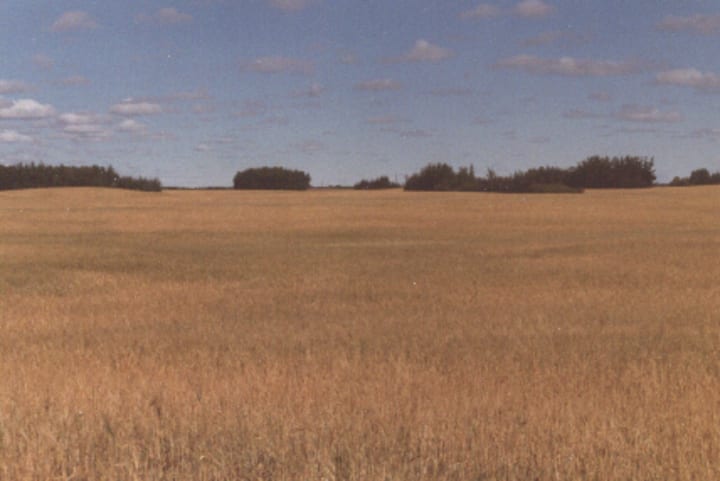
Likewise, the original inhabitants of a parcel of land should be considered as the 'composers or builders or stewards' of that land because they were the first to bring some sense of order to an unknown natural entity. Thus, they deserve, and have earned, the rights to that land. Someone else then using that land should reasonably pay some form of royalties to the original stewards. If they don't, then they should be fined and the original stewards should be compensated. If they wish to have that land for themselves, they should make appropriate payment for it to the original stewards. If they decide to occupy it by force, which is an entirely different discussion for a later time perhaps, then they are no better or righteous than say, Adolf Hitler or Vladimir Putin, in their selfish and unwarranted invasions of neighbouring nations. In 1985, Michael Jackson did not steal the rights to 251 Beatles songs or take them by force when he purchased the ATV Music catalogs. He had to pay big money for those songs. My point then is, what makes sense in the world of Rock 'n' Roll should also make sense when it comes to issues surrounding aboriginal land rights.
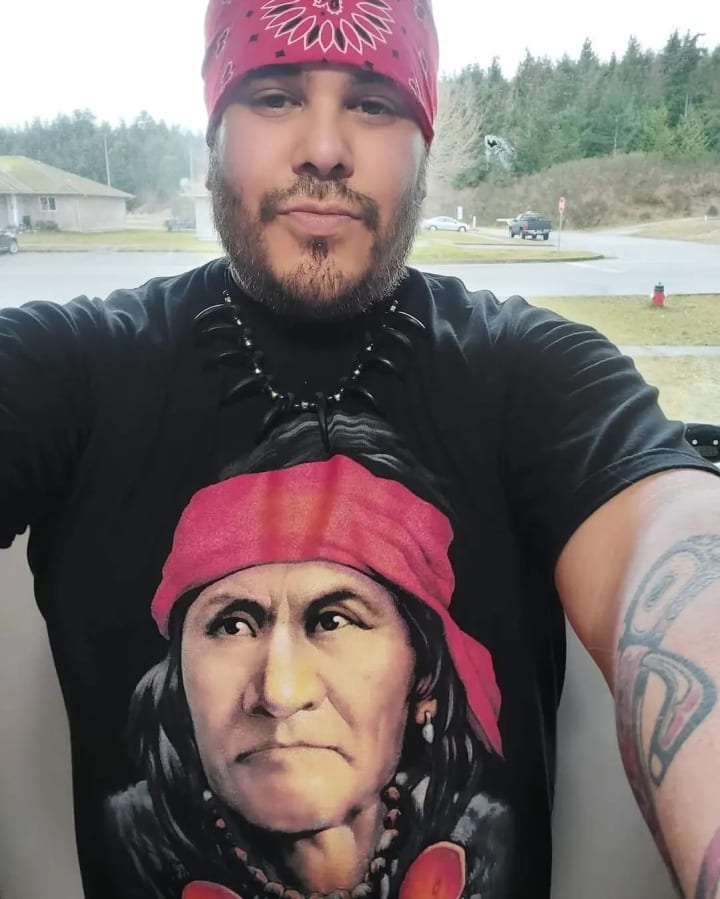
It may be time for governments to fully recognize the contributions made by First Nations' peoples, aboriginals, and indigenous bands in the successful development of our twenty-first century nations. Just as the temperate rain forests of western North America could never have become the grand biomes that they are, without the work of tiny annual plants that lived and died for years and years, and which served to break the rocks and soil and create a suitable environment for other plants and animals to survive in successive generations, and which finally lead to the survival of giant redwoods and cedars and firs – so too the aboriginal populations of North America (and indeed the world) deserve credit and realistically appropriate land rights' settlements for the part they played in making our lives, and the lives of our ancestors much easier than they might have been otherwise. As a European descendant and as only a third-generation citizen of Canada and thus a relative new-comer to North America, perhaps I am the one that should be living on a government-issued land RESERVE, with of course, that government being made up of a majority of First Nations' members. At the very least, I should probably be paying rent or taxes or some other form of compensation, not to the present Revenue Agency of Canada, but rather to the original developers and pioneers of the land on which I live. I am at a point in my life where I could be quite easily convinced of the fairness of this sort of shift in political policy-making and thinking. The story of a stronger nation, displacing a weaker nation by force and invasion, and taking over the homes of its people and then making the rules and laws of the land, is no longer a suitable story with a happy ending for all. Likewise, stories that contain an improper, false, or incomplete beginning, are not good stories either and should be rewritten to reflect the truth of how we all came to be. We are in need of a new epic and a new way of looking at the world, including our own country, and how it should operate – and probably this epic needs to be written, much sooner than later.
About the Creator
John Oliver Smith
Baby, son, brother, child, student, collector, farmer, photographer, player, uncle, coach, husband, student, writer, teacher, father, science guy, fan, coach, grandfather, comedian, traveler, chef, story-teller, driver, regular guy!!
Enjoyed the story? Support the Creator.
Subscribe for free to receive all their stories in your feed. You could also pledge your support or give them a one-off tip, letting them know you appreciate their work.

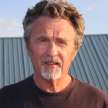




Comments (1)
Beautiful story and breathtaking pictures